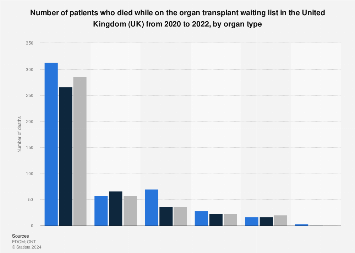What utter nonsense!
The speed limit was 4mph back then and still pedestrians managed to get themselves killed.
"Mrs Bridget Driscoll of Old Town, Croydon became the first motoring fatality on 17 August 1896, when she was run over by a Roger-Benz car at Crystal Palace, London. Employed by the Anglo-French Motor Co, Arthur Edsell was driving at 4mph/6.44kph when he hit Mrs Driscoll, fracturing her skull in the process".
The fact that there were hardly any cars on the roads in 1896 may have been a factor in this case. Today there are 33.2 million cars on british roads. You said "
If every car had a Red Flag Man jogging ahead now pedestrian road deaths would be close to zero". I think not!
If every car had a person preceding it with a red flag then that would keep half the population employed. The other half would be driving the cars. Since the current population of the UK is 67.33 million, then those holding the red flags would need to be those that can't drive due to age or infirmity. How many of those children and old fogeys would be accidentally run over or die of exhaustion having waved their flag all the way up the M1. Besides the country would come to a halt and the population would starve.
Tongue in cheek maybe but let's be serious,
There have been far too many major improvements in road safety to mention since those days including getting rid of the bod with the flag. Here's just a few:
Driving tests
Road Traffic Act
Pedestrian crossings
Making cars safer for pedestrians in an accident
Traffic calming measures
Street lighting
The Tufty Cub
And 20 mph speed limits
Another inescapable fact is that despite the demon motor car apparently inflicting untold carnage on our roads, the stats say otherwise.
The following article states that there were 14 or 15 cars on the roads in 1895. So when poor Mrs Driscoll became the first pedestrian to be killed by a motor vehicle on British roads in 1896 the ratio was 1 death per 15 vehicles.
A What was the first motor car to run on the British Highway? There are a number of claims and...

nationalmotormuseum.org.uk
There were 19,039 pedestrian deaths on British roads in 2022 with the number of cars on British roads currently being 33.2 million. Therefore todays ratio is one pedesrian death to every 1744 cars on our roads. Yes still way too many and further measures are undoubtedly necessary but serious road safety measures taken throughout the last 126 years have definitely made pedestrians safer.
A major improvement to these figures could surely still be made if all pedestrians were to look after their own safety by paying attention to their surroundings and hazards to their well being. To name a few: excessive alcohol use, mobile phones, music producing earphones, the wearing of dark clothing at night and just not paying attention have almost certainly contributed to these tragic figures. Whilst the car driver bears the initial responsibility for any fatality, the enquiry that follows often shows other factors have contributed and may be either partially or wholely to blame . Without giving details, I know from painful experience.
I wonder how many people were killed by horse drawn vehicles prior to the advent of the motor car?
















